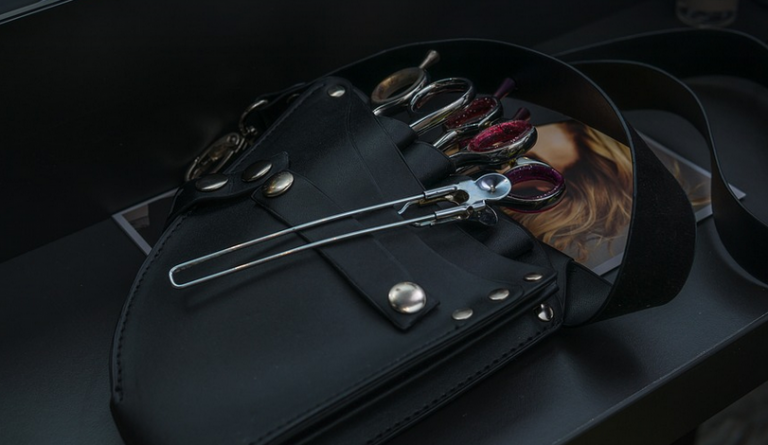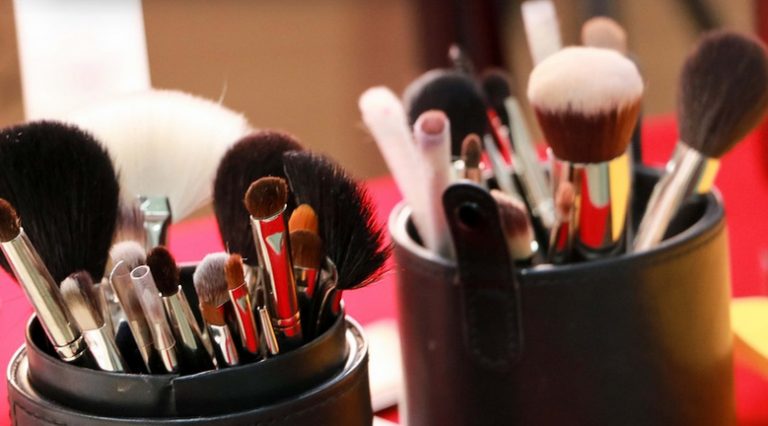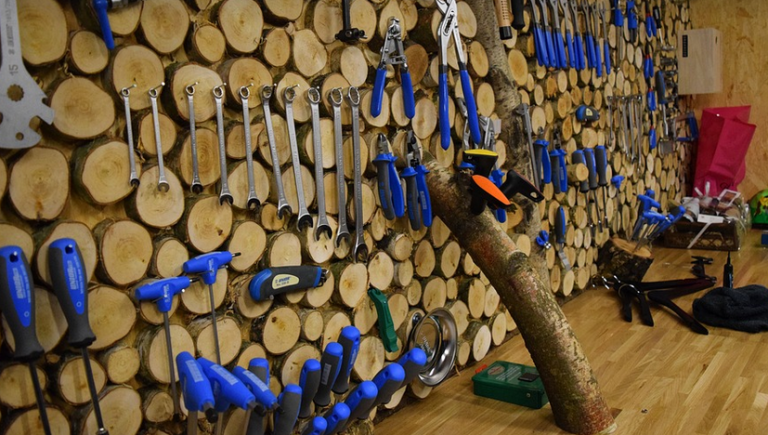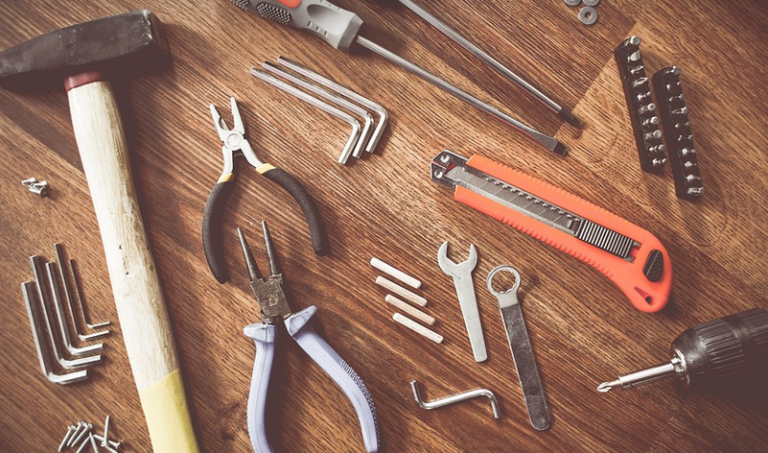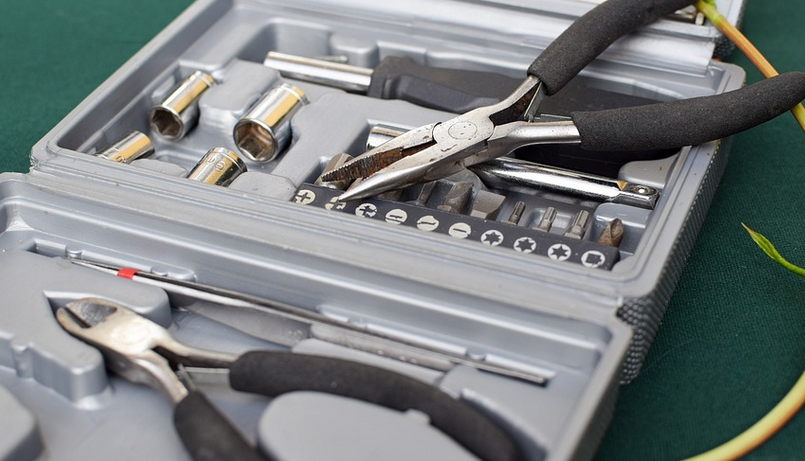
Mastering the Art of a Sharp Knife
Crafting beautiful woodworking projects, whether it’s carving intricate wood bowls or simply trimming firewood for your fire, requires tools that are sharp. A dull knife can make even simple tasks frustrating and potentially dangerous. This guide will walk you through the process of sharpening your carving knives, bringing out their full potential and ensuring a smooth, precise cutting experience.
The beauty of sharpening lies in its simplicity. By mastering this skill, you’ll not only improve your woodworking efficiency but also gain an appreciation for the meticulous craftsmanship involved. Whether you’re a seasoned pro or just starting out, understanding the fundamentals of knife sharpening will elevate your craft and allow you to create with confidence.
Why Sharpening Matters
A sharp carving knife is essential for safe and efficient woodworking. Here’s why:
- Safety First: Sharp knives cut cleanly and prevent accidents – A blunt knife will slip or catch, leading to frustration, damage to the workpiece, and even potential injury.
- Precision Cuts: Sharpened blades create cleaner cuts – This precision is crucial for achieving beautiful finish details in wood carving.
- Efficiency Boost: Sharpening leads to smoother cutting – A sharp knife requires less force, saving you time and energy during your projects.
- Confidence & Enjoyment: Sharpened knives are a joy to use! – The feeling of a good, sharp cut is exhilarating. You’ll be able to fully enjoy the process and focus on crafting your dreams.
Preparing Your Tools
Before embarking on the sharpening journey, ensure a clean workspace.
You will need:
The choice of sharpening stone depends on the level of sharpness you desire: coarse grit for initial shaping, medium for finer refinement, and fine grit is best for finishing.
Sharpening Your Carving Knives
Here’s a step-by-step guide to sharpening your knives:
- Set Up the Stone: Place your knife on a flat surface. With an angle guide, set your stone at a consistent angle (usually around 20 degrees). If you don’t have one, find a reference point and use it to determine how sharp your blade should be.
- Visualize the Angle: Imagine the blade as a straight line with a slight bend. This visualization helps you maintain the correct angle throughout the process.
- First Pass: Begin by sweeping the knife across the stone’s surface in one direction. Don’t press too hard; let the natural force of your hand do the work.
- Second Pass: Flip the knife over and continue working it across the stone, moving from one side to another. Aim for consistent pressure throughout the entire stroke.
- Third Pass (Optional): For finer detail on the edge of the blade, you can use a steel edge on the last pass.
- Final Check: After each pass, test the sharpness by pulling it across a piece of wood or paper. If it cuts cleanly and freely, adjust as needed.
Maintaining Your Sharp Knives
Sharpening isn’t just about making your knives sharp – it’s about keeping them that way! Here’s how to maintain their sharpness:
- Regularly Sharpen: For everyday use, a few minutes of sharpening each day or after every project will keep your knives in peak condition.
- Clean and Store Properly: After each use, wipe your knives with a damp rag to remove any debris. For storage, store them safely in a wooden block or dedicated knife case to avoid damage.
- Keep it Dry: Moisture can impact the quality of your blades – ensure they’re dry when not in use and keep them away from excessive humidity.
Sharpened Knives for Better Carving
A sharp knife is more than just a tool; it’s an extension of your creativity. By understanding and mastering the art of sharpening, you’re investing in much more than just cutting wood: you’re investing in a passion for woodworking that will bring out its full potential.
